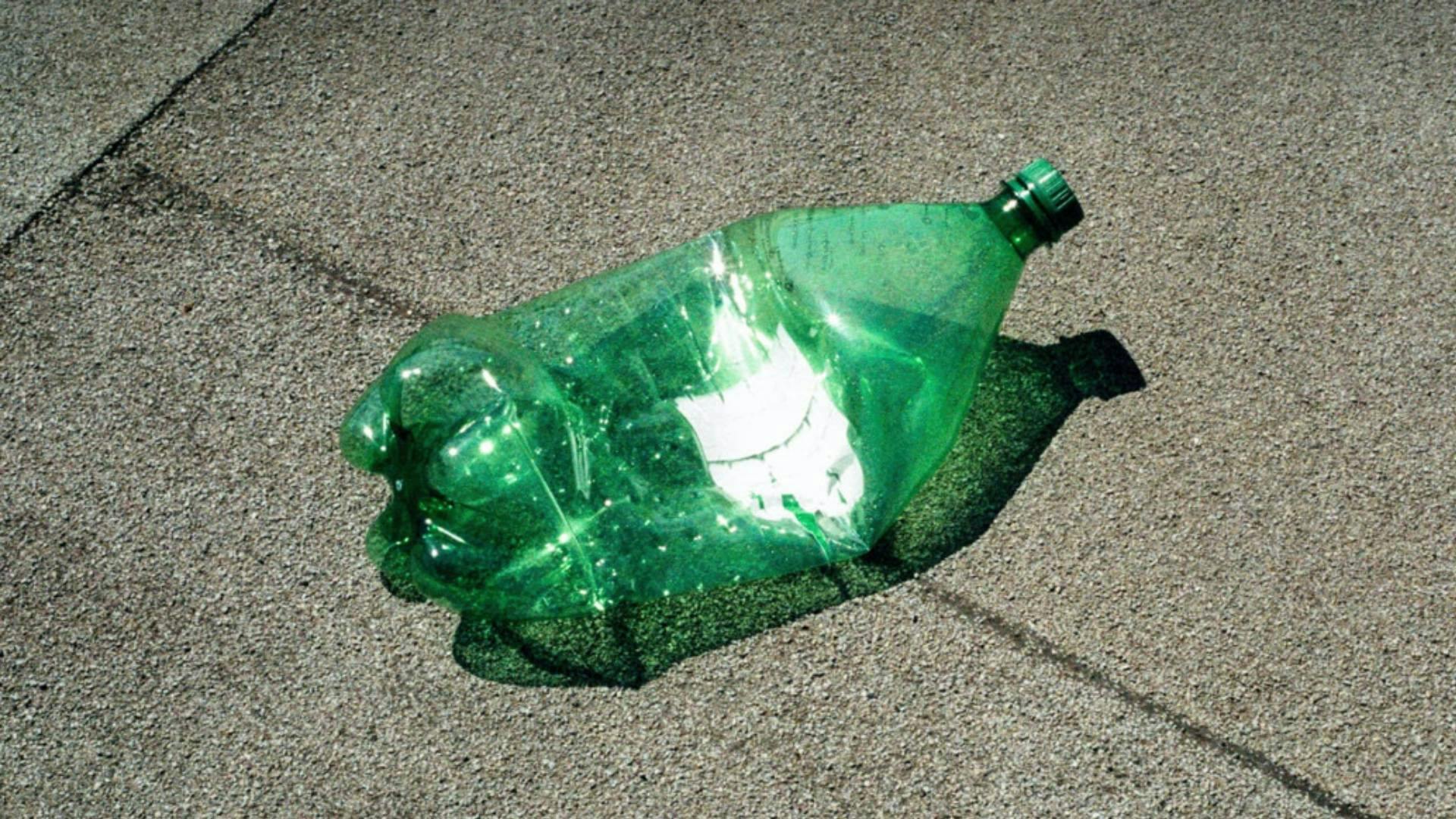How to be ‘plastic smart’ with På(fyll)

A better future with fewer climate, environmental and plastic problems will not come all by itself. Meet the service that makes it easier than ever to make a positive contribution and helps you save the world a little, just by doing something everyday in a new and smarter way.
Kitchen spray, laundry detergent, shower gel, hand soap and green soap; all common cleaning products and something most of us take for granted. How else are we supposed to keep our homes, clothes and bodies fresh and clean? The problem is that the packaging these products come in is helping to build a colossal plastic mountain that just keeps on growing. Could there be a solution?
Every year, more than 350 million tonnes of plastic are generated in the world, and Norway is one of the countries with the highest per-capita consumption. At the same time, plastic pollution is one of the world's fastest-growing environmental crises, and far too much plastic ends up in places it absolutely shouldn't be: in the ocean and nature. Plastic particles have been found in the digestive tracts of a number of seabirds, marine mammals, turtles, fish and invertebrates.
The United Nations Environment Programme estimates that between nine and 14 million tonnes of plastic end up in the ocean every year, and the amount continues to increase. The problem is present at all latitudes, including here at home with the polar bird species seahorse, which breeds in Svalbard, researchers have found plastic in the stomachs of nine out of ten birds.
A threat to nature, climate and the environment
If the pieces are small enough, the plastic can enter the bloodstream and be stored in the body tissue of both animals and humans. Different types of chemicals are added to plastics to give them properties such as hardness and softness can also affect animal and human health. Plastic litter is also a threat to clean drinking water in many areas.
WWF and other organisations have long sought to limit our collective plastic consumption, including by campaigning for a national ban on single-use plastics. But until the laws are regulated, it is up to each of us to contribute. Most of us want to do our bit to make things better.
But stopping the use of plastic altogether is far from practical, so what can we actually achieve?
På(fyll) – a new and ‘plastic-smart’ solution
You may have heard of the term ‘plastic smart’, which means that you don’t consume more plastic than you need, cut unnecessary single-use plastic, and choose circular goods and services rather than going through the same old motions.
‘Ever since the 1960s, when plastic products first started to appear, we've had a use-and-throw-away mentality. Single use is easy, but it doesn't make sense. If we're going to become more plastic-smart, we need to think in new and different ways,’ says Bård Bringsrud Svensen, COO and founder of På(fyll).

På(fyll) is a new circular service built on reuse, delivering the household and cleaning products you use every day in reusable containers to your home. The same containers are collected, washed, refilled and used again and again. It's a bit like the milkman who used to deliver and collect milk bottles from your door in the old days.
‘The aim is to make it easier to make more sustainable choices in everyday life, and the effect is demonstrably good,’ explains Svensen.
A study conducted by the Norwegian Institute for Sustainability Research (NORSUS) shows that the reusable packaging for På(fyll) significantly reduces environmental impact (80 per cent) and climate impact (65-80 per cent) compared to disposable packaging.
The climate impact from the refilling process is also minimal, compared to disposable containers, although a good return rate from users will be important to maintain this advantage.
Clear your conscience while saving the world a little
‘If we are to stabilise the climate and create a better world for the next generation, it requires effort. And it’s not easy, because we have to change the way we live, our habits and the way we consume. But services like this make it easier than before, and that's a step in the right direction,’ says Svensen.
If you join us and change your habits with På(fyll), you can reduce your environmental impact by up to 80 per cent, compared to using the same soap from disposable plastic containers.
In other words, it’s not just your floors and bed linen that will be cleaner, you'll also have a slightly cleaner conscience. Become a På(fyll) customer today.
The numbers - how much unnecessary plastic can we cut?
- If the whole of Norway switches to På(fyll) for floor cleaning - and we assume that our floors need to be mopped once a week and that one bucket of green soapy water is enough - we can save 753,690 kilos of plastic waste in one year.
- If we switch from disposable plastic laundry detergent to reusable containers - and we assume that each household washes four loads of laundry a week - we can remove a total of 1,535,015 kilos of plastic in one year.
- If everyone uses På(fyll) to refill hand soap - assuming each of us washes our hands 11 times a day (which equates to five toilet visits, three meals, once in the morning and evening, and once after touching something sticky on the bus) - we could save 5,531,544 kilos of plastic waste every year.
- This adds up to a total of 7,823,249 kilos of plastic waste each year. That's as much as the weight of 195 houses weighing 40 tonnes each. Not bad!
Since the start of our pilot in 2018, our På(fyll) customers have eliminated over 12,000 disposable containers of cleaning products, and we hope there will be many more in the year to come. Order På(fyll) here.




















